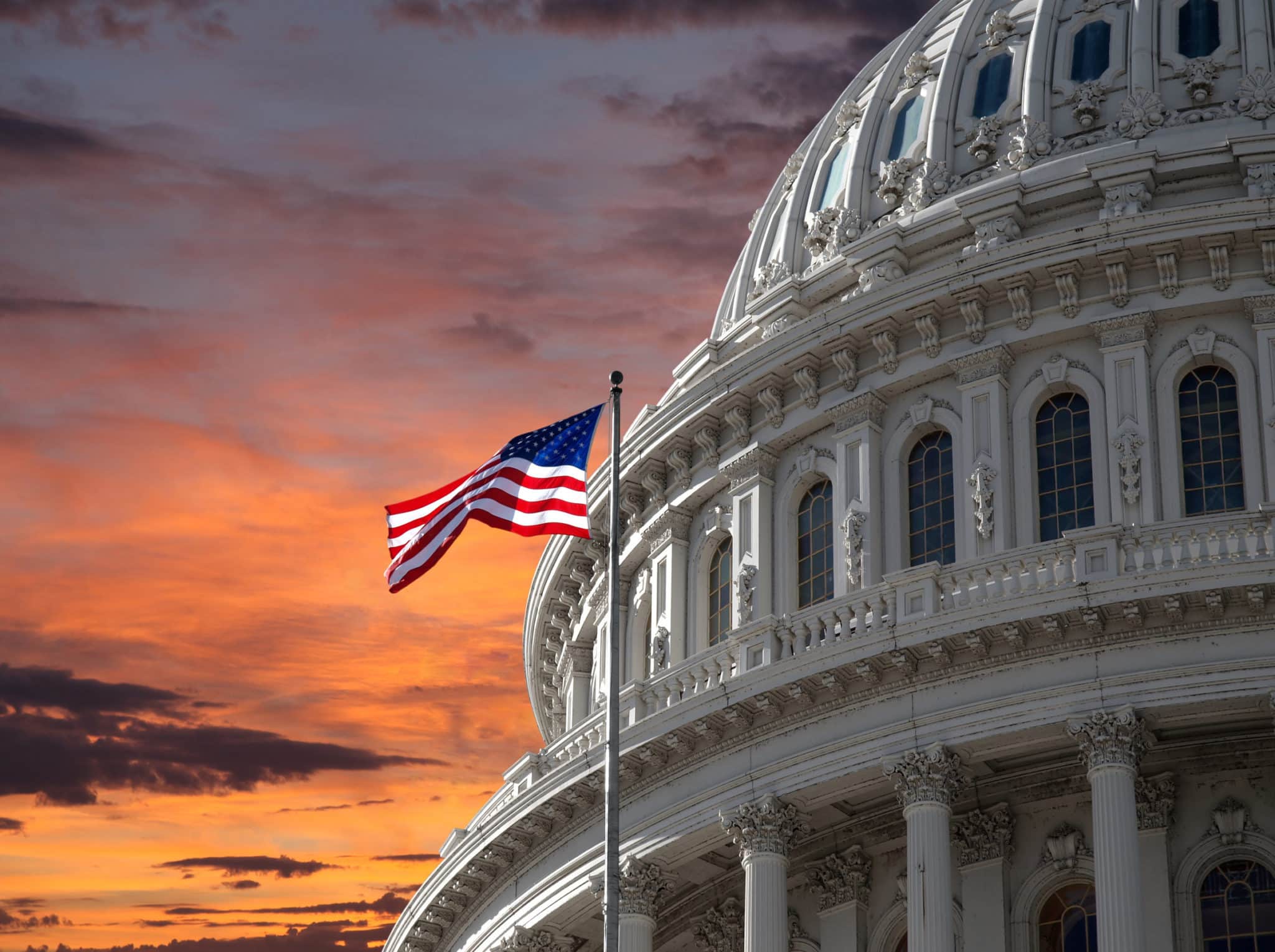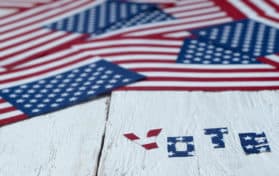
Public policies are most often established by legislation, but they can also be created by an executive order, a bureaucratic regulation, a city ordinance or even a court decision. Public policies are generally aimed at one or more of the following:
- Reconciling conflicting claims for scarce resources
- Encouraging or fostering cooperation that would probably not occur without government influence or encouragement
- Prohibiting morally unacceptable behavior
- Protecting the rights of individuals
- Providing direct benefits to citizens
Capturing the nature and scope of public policy in a sentence or two is difficult. Some of the more widely accepted (or at least frequently repeated) descriptions include:
- “The authoritative allocation of values for a society.”
- “The process of deciding who gets what, when, where and how.”
- Or more simply, “What the government chooses to do or not to do about a specific problem.”
All of these definitions are useful, but none of them is obviously better than the others. In fact, each captures an important aspect of the public policy making process, a process which is too complicated to be adequately summarized in just a sentence or two. What can be stated clearly and succinctly about public policy, however, is that it is an integral part of our everyday lives. Public policies of all kinds establish the boundaries of our freedoms and color the contours of our interactions with other people in our political, social and economic systems.
Establishing “just the right amount” of Government
The primary focus of public policy making is the establishment of an agreeable balance between liberty and order. Public policies are crafted (and frequently adjusted) to embody that balance. One of the most important debates in the public policy process is often whether the government ought to do anything at all in response to a particular problem. The answer to this question has a direct impact on the balance between liberty and order in our political society. At one end of the continuum, a complete absence of public policies would leave individuals free to do whatever they chose. At the other end, a set of public policies that dictated every action an individual took every moment of his or her life would produce a thoroughly ordered society. In either case, the liberty or order that existed could not be fully enjoyed without the presence of the other.
At the extremes, the number or reach of a nation’s public policies can maximize either liberty or order. From this perspective, an alternative definition of public policy is the process by which a political society balances the freedoms against the need to create a structured environment in which those freedoms can be enjoyed in a meaningful way. This effort is something of a quest to establish just the right amount of government–not too little, not too much, but just the right amount.

Critical Stages in the Policy Process
While the process by which public policies are created and changed is complex and varies significantly from one policy question to the next, there are several general characteristics of the process that can be identified. First, a public policy problem must be identified. There are numerous problems that could be addressed by the public policy process but they have yet to be identified and articulated so they can take their place on the public policy agenda. For example, pollution was a serious problem in the United States for decades before it became a public policy problem that policy makers and the public paid attention to.
After a problem is identified, potential policy solutions are formulated. Elected officials, interest groups and citizens participate in discussions and debates. Alternative solutions are compared and critiqued. Where there is consensus (or at least majority support) for one of the policy alternatives, it is adopted, generally through the passage of legislation. Once a policy is enacted into law, it must be implemented. The Congress delegates the implementation (and many of the details associated with it) to Executive Branch departments and agencies.
Almost the minute a policy is in place, people will begin to evaluate it. Is the policy actually fixing the problem? Is it causing additional unintended problems? Because no policy is ever perfect, policy evaluation invariably leads to new problem identification and the process commences again. The figure below illustrates the process.





